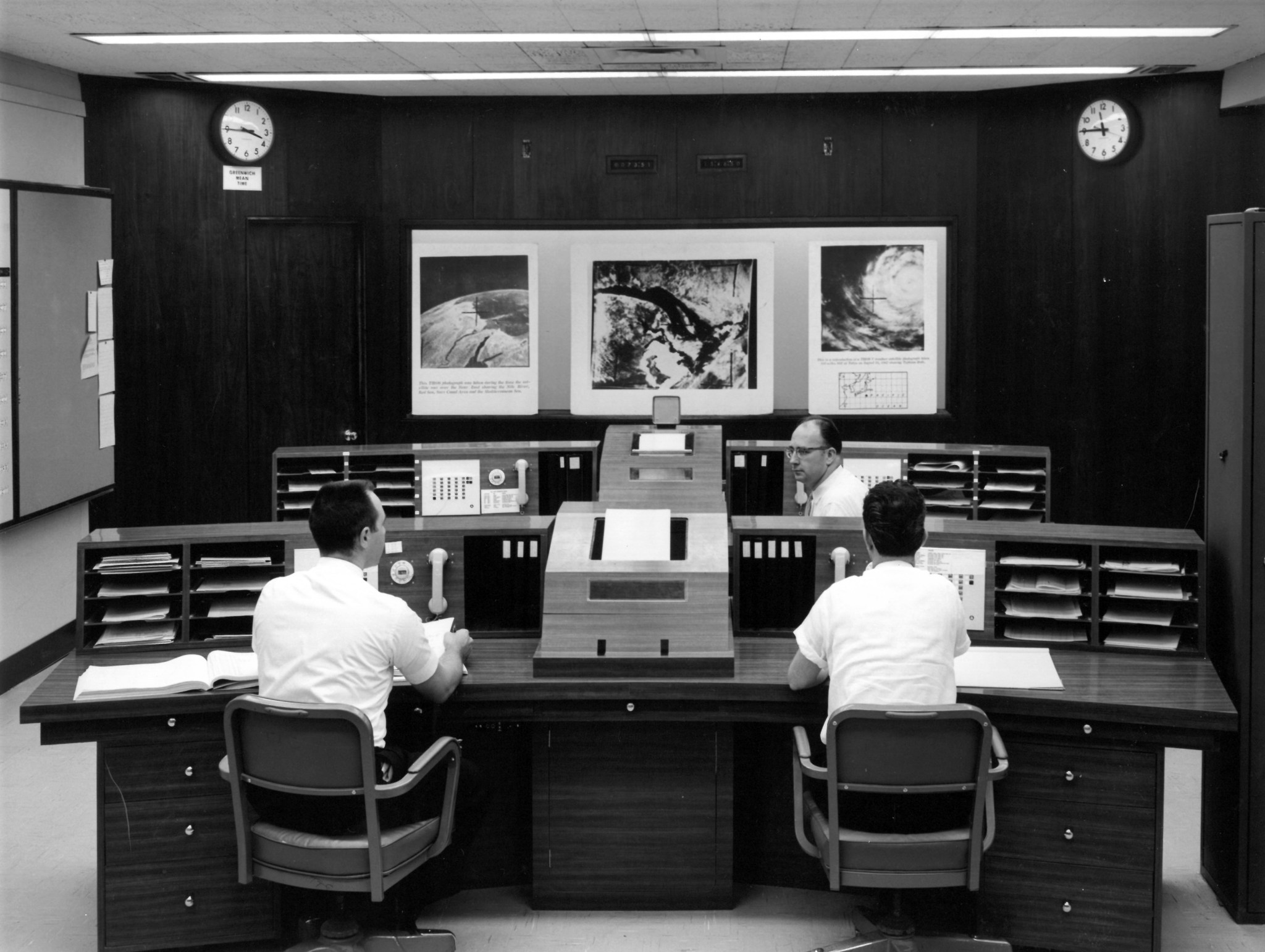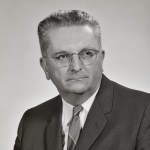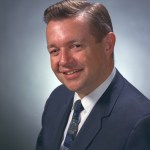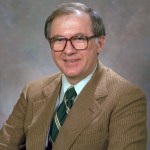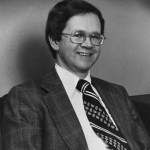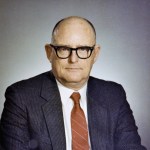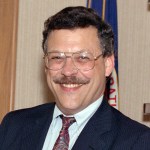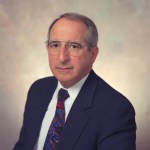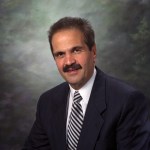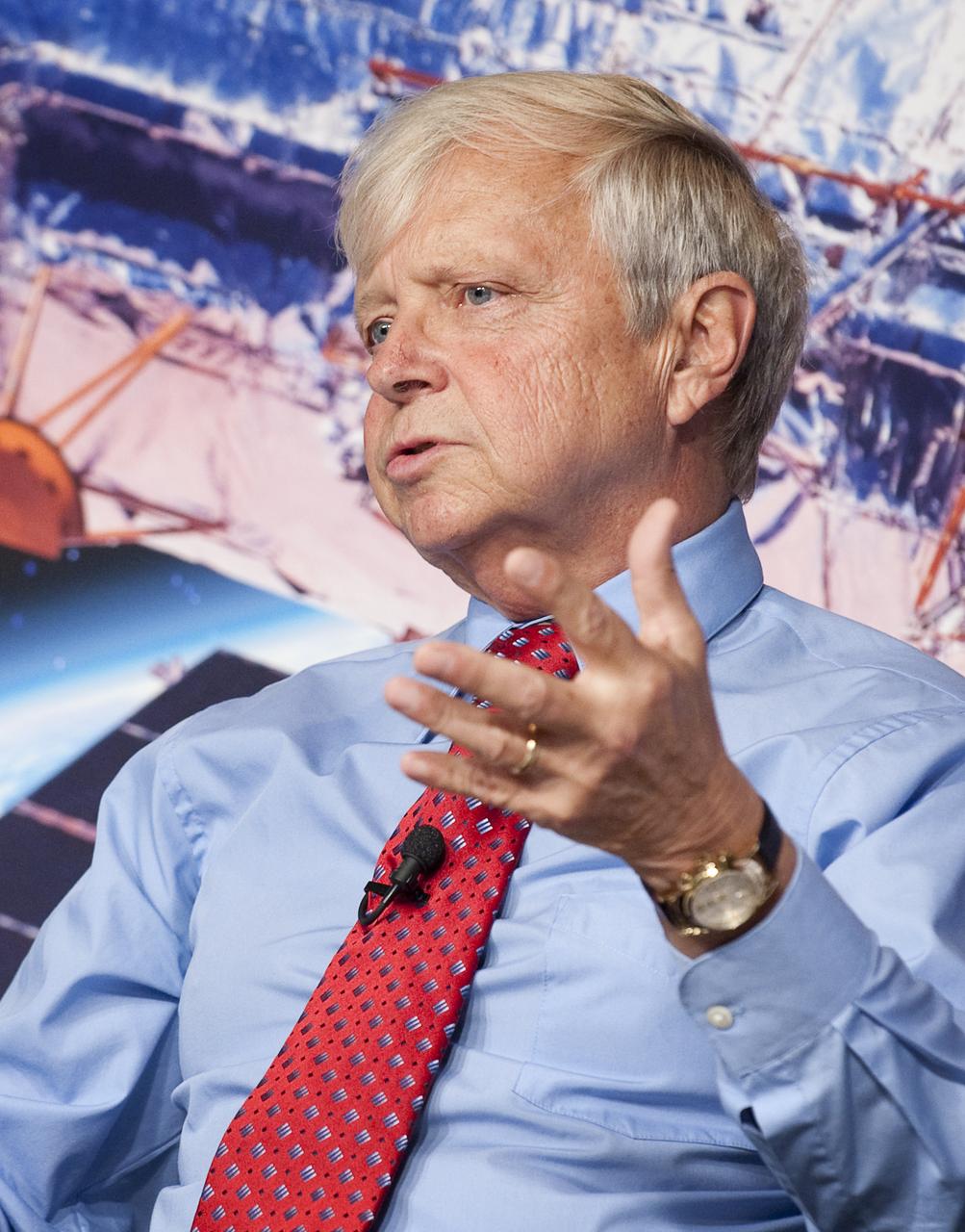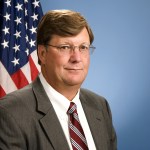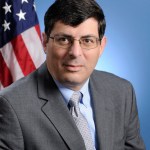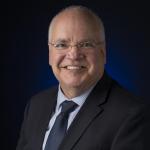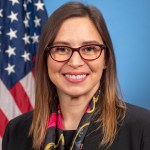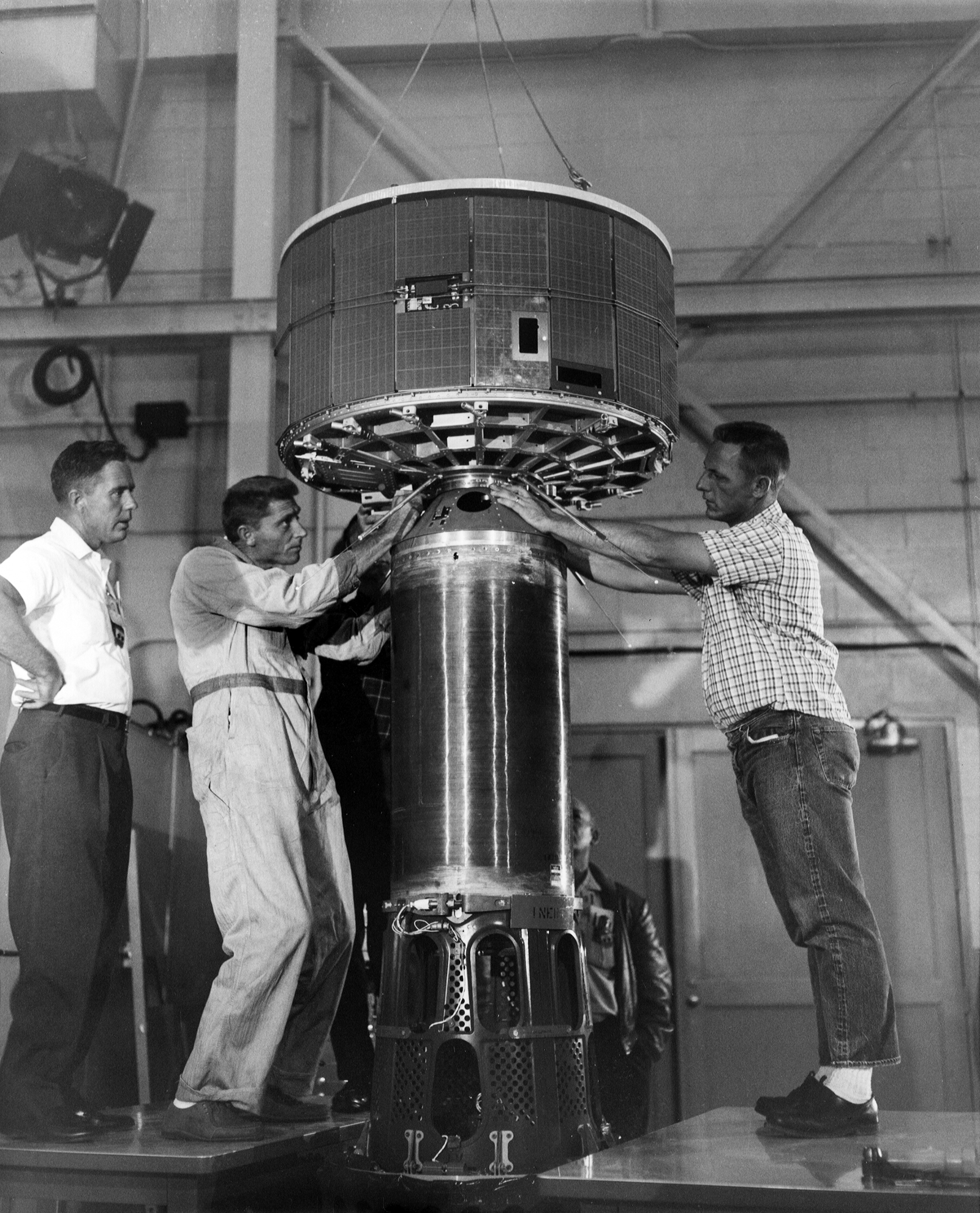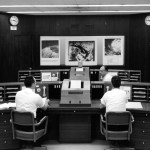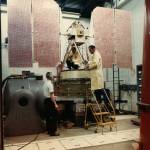Goddard Center Directors
In August of 1958, Senator J. Glenn Beall announced that the federal government would establish a “Space Projects Center” in Greenbelt, Maryland. The center site was part of the Department of Agriculture’s Beltsville Agricultural Research Center. Months later, with the passage of the National Aeronautics and Space Act, the Naval Research Laboratory’s Project Vanguard was legally transferred to the “Beltsville Space Center,” though it remained at the Naval Research Laboratory facilities until the completion of the new center. In May of 1959, NASA formally announced that the new facility would be called Goddard Space Flight Center, after Dr. Robert Hutchings Goddard. Goddard, widely considered the father of modern rocketry, theorized that rockets would work in a vacuum, and thus could potentially be used to send payloads into space. On the 35th anniversary of Goddard’s first liquid-propellant rocket launch (March 16, 1961), Goddard Space Flight Center was officially dedicated.
A center for theoretical research was established in 1961 as the New York office of the Theoretical Division of Goddard Space Flight Center. In July 1962 it was separated organizationally from the Theoretical Division and renamed “Goddard Institute for Space Studies.” It worked closely with academic scientists in the New York area.
In 1960, TIROS I, the first weather observation satellite was launched, beginning a long tradition of earth science observation satellites at Goddard, whose facilities still include a vast array of data acquisition and satellite control facilities. For a brief period, the Space Task Group’s guidance responsibilities resided at Goddard, but before any physical transfer took place, the group was sent to Houston in 1961 as the nucleus of the Manned Spacecraft Center.
Goddard Space Flight Center was responsible for unmanned spacecraft and sounding rocket experiments in basic and applied research. It operated the worldwide Space Tracking and Data Acquisition Network (STADAN), which later became Spaceflight Tracking and Data Network (STDN). It also managed development and launch of the Thor-Delta launch vehicle.
The nearby Wallops Flight Facility was consolidated with NASA Goddard in 1982, and quickly became NASA’s primary facility for suborbital programs. Wallops continues to support projects using sounding rockets, balloons, and scientific aircraft to facilitate research of the Earth, all regions of the atmosphere and the near-Earth and space environment.
The Goddard facility at Greenbelt covers 1,270 acres and maintains the adjacent Magnetic Test Facility and Propulsion Research site. The outlying sites include the Antenna Performance Measuring range and the Optical Tracking and Ground Plane Facilities. The unique Magnetic Test Facility is a magnetic-quiet area and is operated from a single control building. Other unique facilities at Goddard include the Flight Dynamics Facility, and a high capacity centrifuge (capable of rotating 5,000 lb payloads at up to 30 rpm). In 1990, the Space Systems Development and Integration Facility opened, including an enormous “cleanroom” for the testing of spacecraft hardware.
Today, Goddard remains a major player in developing and operating unmanned scientific craft.
Learn more about the history of Goddard Space Flight Center
Robert H. Goddard: Father of American Rocketry
Dr. Robert Hutchings Goddard (1882–1945) is considered the father of modern rocket propulsion. In March 1926, he became the first person ever to launch a liquid-propelled rocket, and the principles he employed are still at the core of spaceflight today.
Learn More About Dr. Goddard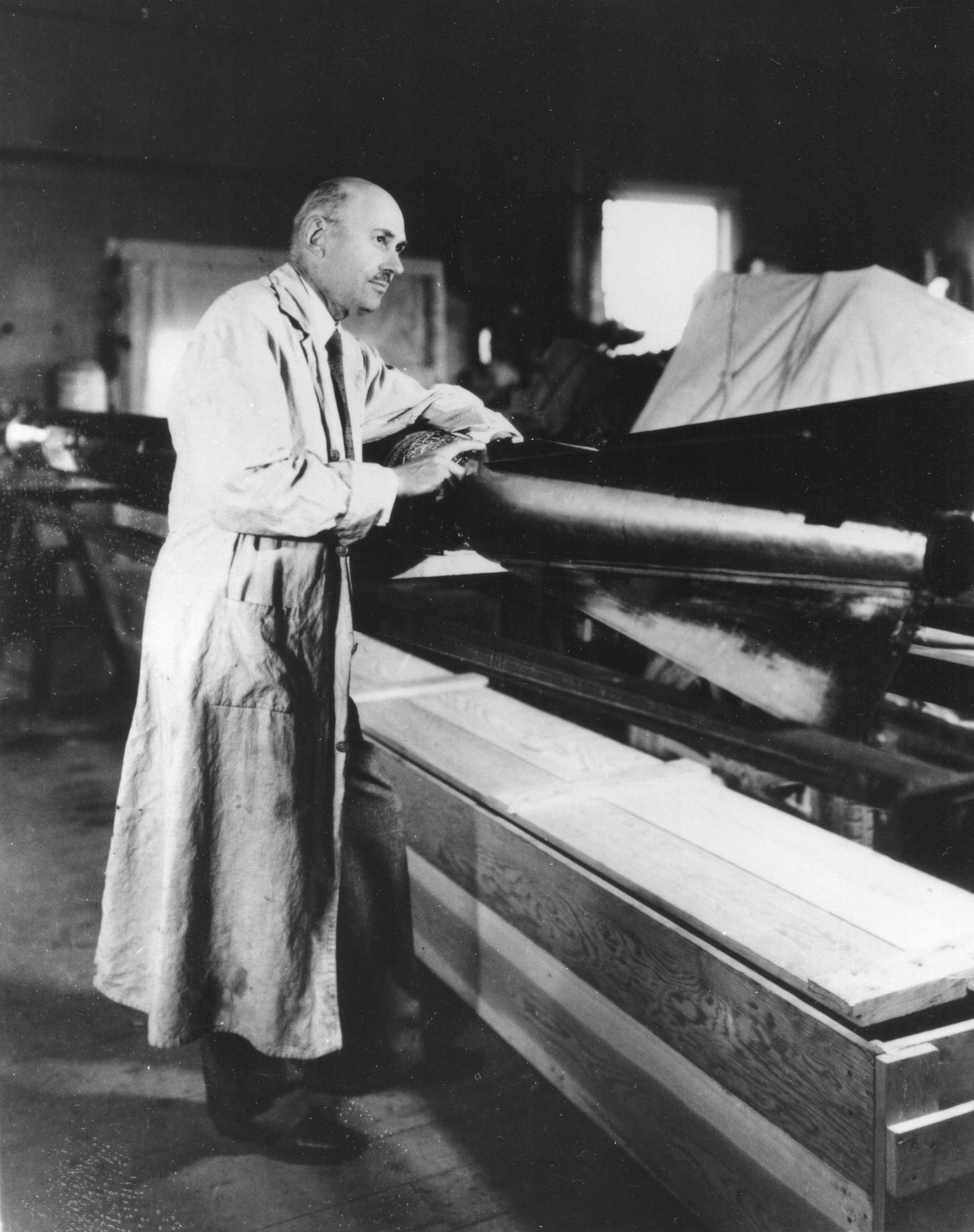
Goddard Space Flight Center History
Related Articles
Read about Goddard Space Flight Center's role in space science. Find articles, pictures, and videos of events from the early years of rocket pioneer Robert H. Goddard in the 1920s, all the way through to the present-day work of the NASA facility that bears his name.
Launch of TIROS 1, World’s 1st Weather Satellite — This Week in Goddard History: March 31–April 6
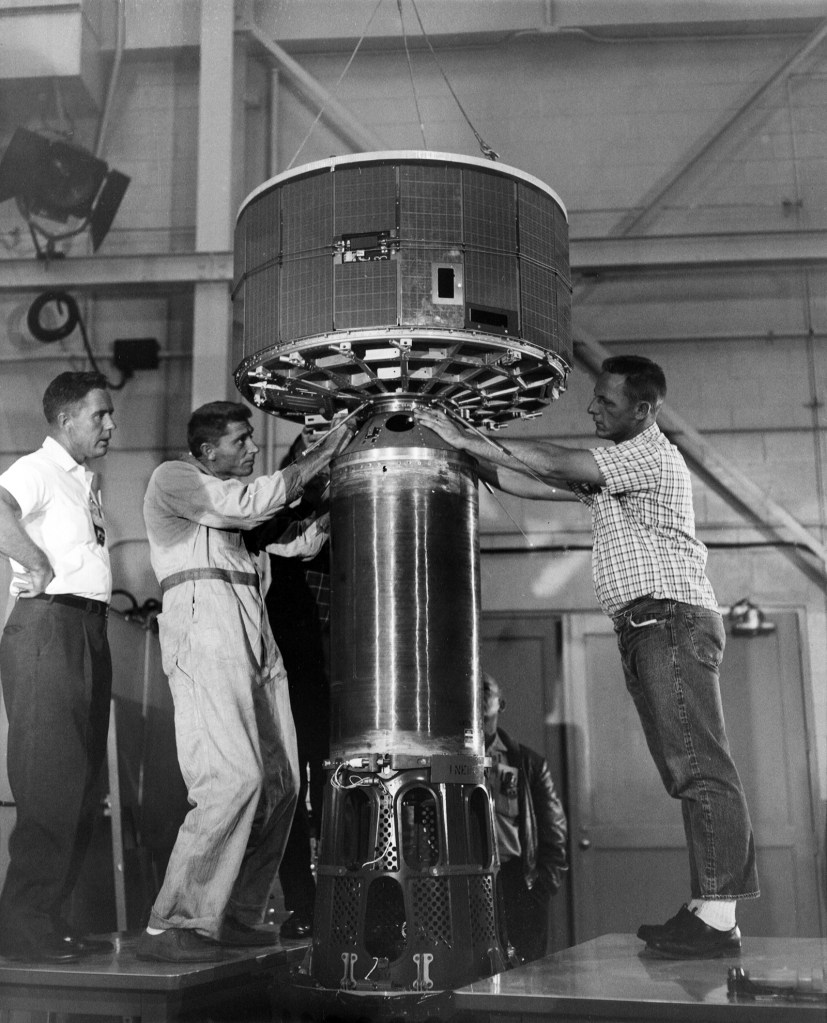
How Atmospheric Sounding Transformed Weather Prediction
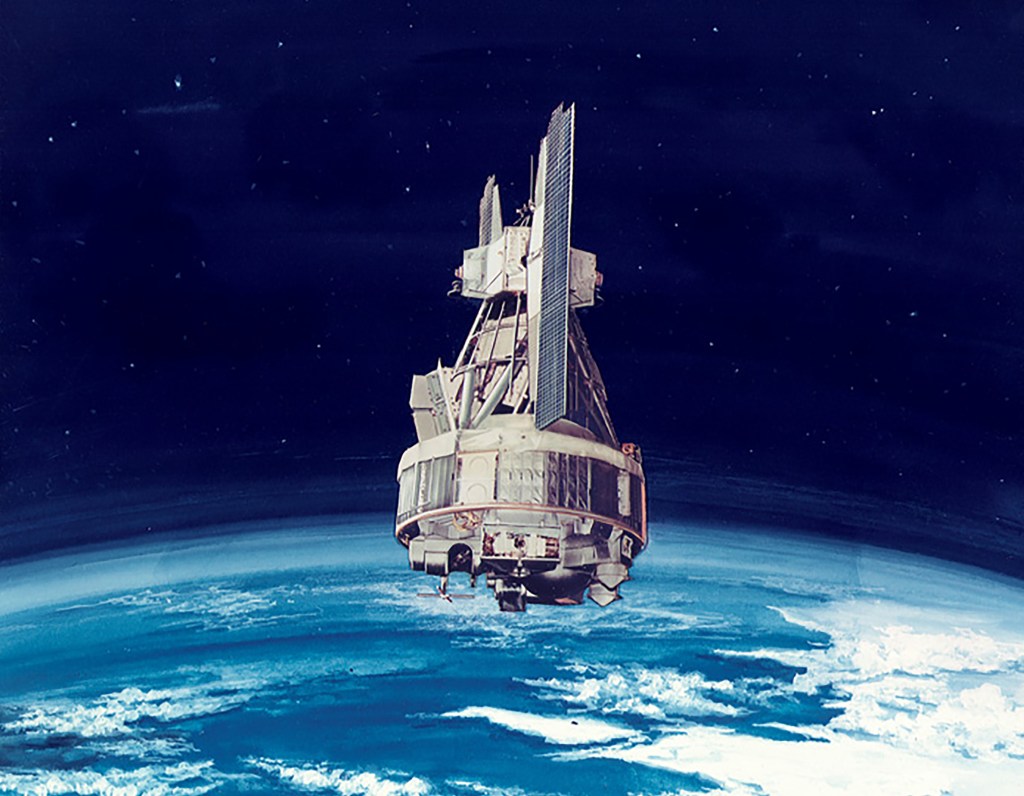
50 Years Ago, NASA’s Copernicus Set the Bar for Space Astronomy

Landsat Legacy: NASA-USGS Program Observing Earth from Space Turns 50




























